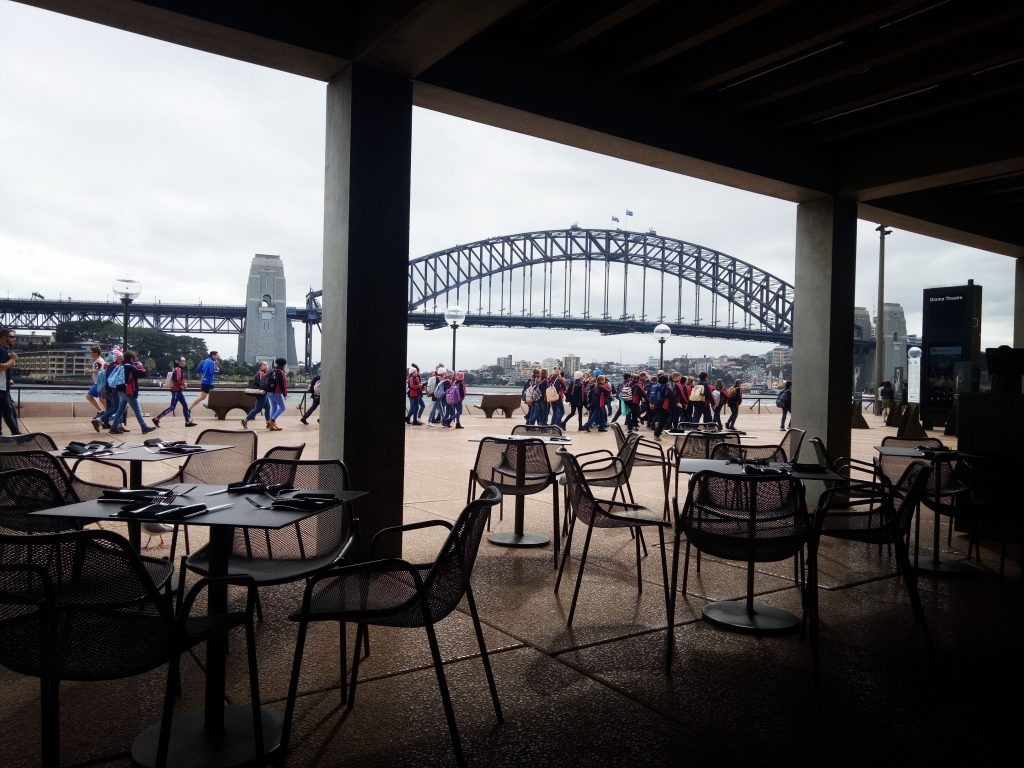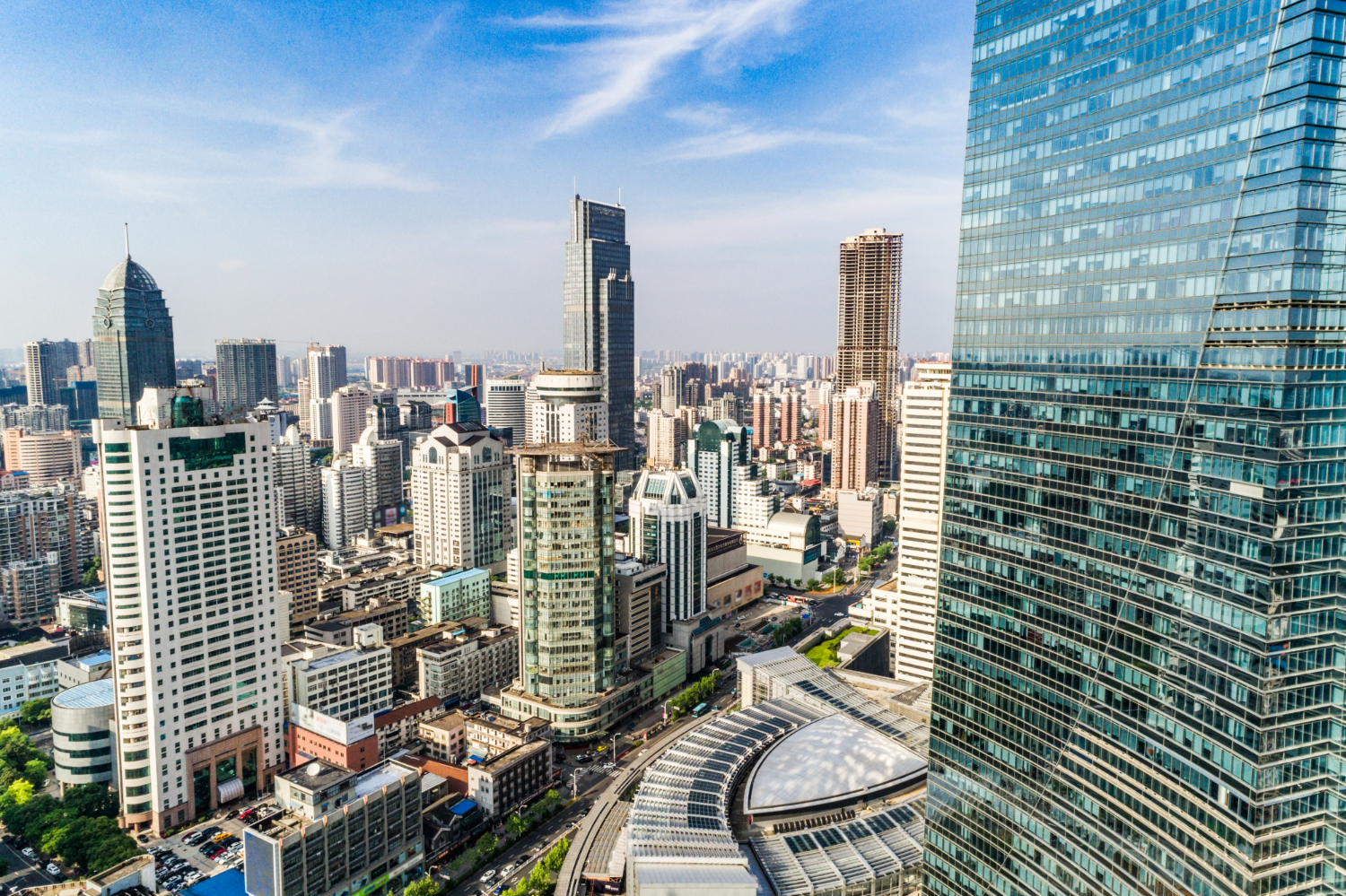In Australia, Sydney, on a return trip from China where I have lived on and off since 2013, I was struck by the cultural differences between business and society in China and Australia.
As I walk down the main road towards the sole mall in town, I am struck by the lack of people or infrastructure. This town at midday is almost deserted of people.
There are no metro stations nearby. The business options are very minimal.
Australian business districts are constructed with a completely and culturally different intent to the bustling precincts of China.
In Australia, the streets are crisscrossed, where only the main street is lined with shops, a mall, and all other business needs.

Bustling Chinese Business Districts
But in China, business districts are constructed like a decentralized maze around the mall and metro stations, with infrastructure in mind.
Once one exits a metro station in China, a zig-zag maze of shops is everywhere. It just does not stop.
Business location is inconsequential, because China is so densely populated, customers can come from any direction. Therefore, where you plonk your business becomes less relevant.
Customers will still walk past your business, and customers will still be interested in what products you are trying to sell, so a passerby will walk in and become a customer.
Even in a country town in China, there are a multitude of people, and a plethora of options in terms of business.
Chinese business also integrates with the online service industry through WeChat (微信)and Meituan (美团). Chinese customers will order online to generate more business for local Chinese shops.
A specialised business with a reputation will also get more repeat customers.
The tire shop I once came across in Guangzhou Shayuan (沙园)with its elderly shop owners is still profitable for the mere fact that the owners simply opened a business in China, and the densely populated districts generated business for them.
Centralized Australia Business Districts
Australia as a cultural vacuum just has none of that.
Australian towns are designed to have one of everything; one coffee shop, one mall, one kebab shop, one pharmacy.
This would have been true in Australia a decade ago. These days business choice in Australia has improved.
The cultural differences in business between Australia and China however is between centralization and decentralization of business.
In China, you could open a shop on the side of a mountain and still generate business. Any business in China will be a success.
In Australia, population is not dense, so there are not enough people to walk past a shop. Business either has to be on the main road, in the main district, or in a mall, otherwise it will not generate enough business.
Then people will shut up shop in Australia, and go to the beach instead.


Diary Of A Mad Chaos is a daily diary written from March 1996 until today, of which individual books and book series have been created, namely “The Lost Years” an exploration of young, entwined love, the “Wubao In China (猎艳奇缘)” book series which provides an extensive comparative analysis of the cultural differences between Eastern and Western societies, and the book titled “Foreigner (华人)” an exploration of race relations in Australia.










